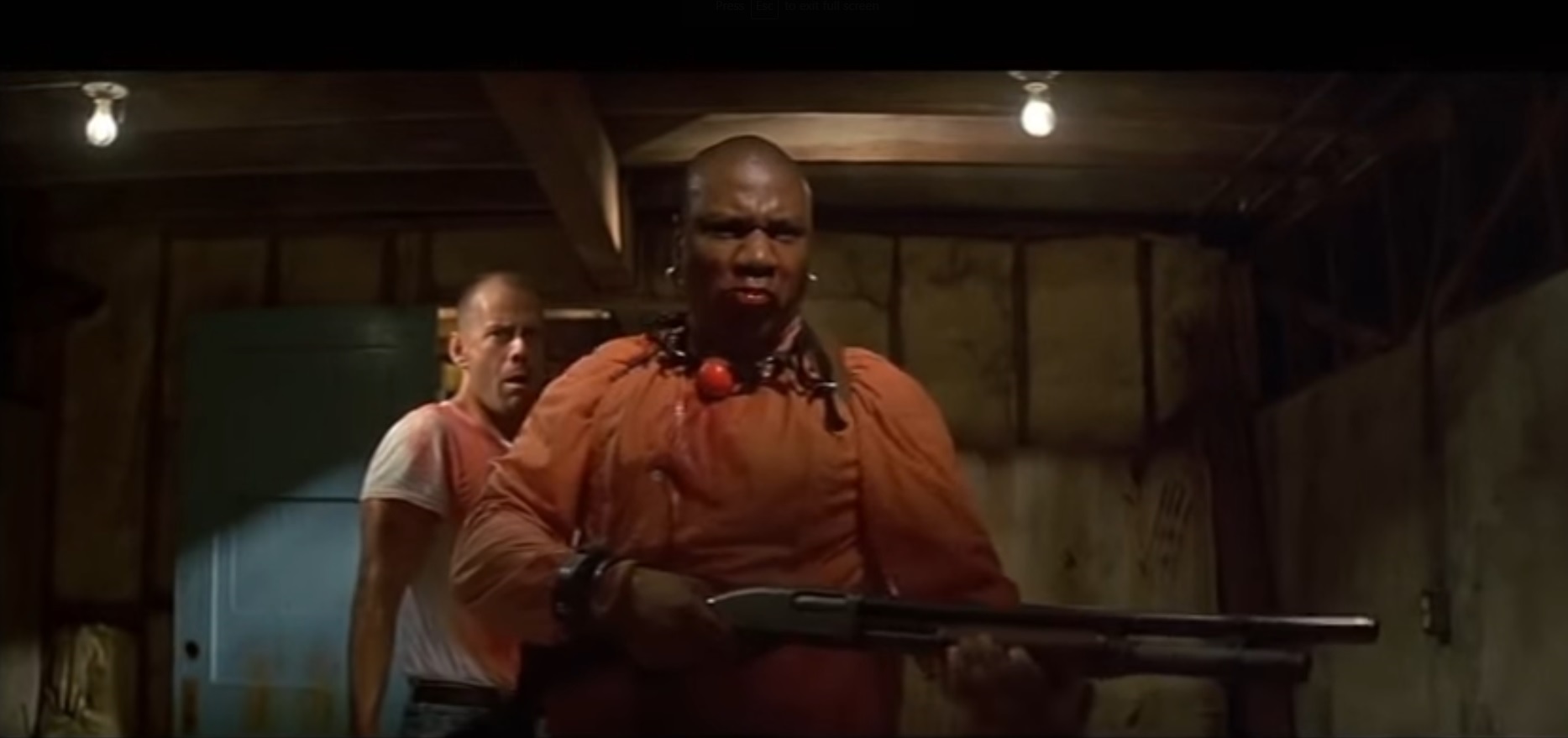
Batten down the hatches, Rob Gronkowski tells a shocking maritime tale.
I’ve been spending time each day diagramming run blocking schemes and pass routes. One of those routes is the sail route.
When drawn up in a book or a blackboard, a sail route (bottom left quadrant) looks like an upside-down “L”.

One of the most important lessons that this process has taught me (again) is that theory can look a lot different than practice. A drawn route on paper can be almost unrecognizable when a receiver is running it in a game.
It’s not to say that a receiver running the sail route as-is can’t get open. If the defense is covering an area of the field without any attention to the receiver, it will work.
But in most cases, an unadorned stem and curved turn to the sideline isn’t enough to get open.
When it comes to this route, why not look to one of the best in football that commonly runs it? Like all great receivers and tight ends, Rob Gronkowski knows how to tell a tale.
The key to a good story is suspending disbelief.
Quentin Tarantino is masterful at suspending disbelief. He can get you lost in an hours-long story involving a boxer double-crossing a mobster and sell you on the viability of the pair becoming reluctant allies after their unplanned confrontation leads them to a basement of a pawnshop where they are bound and gagged by a violent sexual deviant.
Although Tarantino’s tale is world’s apart from an eight-second sail route, the key to suspending disbelief is the same for both—a good backstory, rich detail, and creating satisfying tension and release.
In Pulp Fiction, the backstory of a family wristwatch makes Butch and Marcellus’ final confrontation ring true. Gronkowski’s tale of the sea is built on the premise that he’s setting up the defender early to get inside.
The early details of the route sell the audience that Gronkowski is trying to get inside to catch the ball: a head fake, an outside jab step, a shoulder lean outside, and the arm-over move to the inside. These moves are the tension-building phase of the story. Executed in succession, they create an urge for the audience to see the outcome.
When Gronkowski bends inside, he takes two more steps towards the middle of the field to sell the idea that all this early work was mean to earn inside position. These steps generate an emotional release—a feeling that the uncertainty has finally become known.
But it’s a temporary release only performed to make that moment believable enough to set up a final plot-twist. After those two steps inside, Gronkowski changes his stride and turns outside, revealing an even more satisfying outcome for the audience.
It’s a good plot twist—like two guys trying to kill each other winding up in a crazier situation and much to the audience’s amusement and satisfaction, becoming reluctant allies.
You might have thought Gronkowski would make a fitting character for a Tarantino flick, but you probably never thought that their gift for story had so much in common.
[Note: A reader alerted me that Bill Belichick analyzes this play for TV at the 5:03 mark of this video.]

